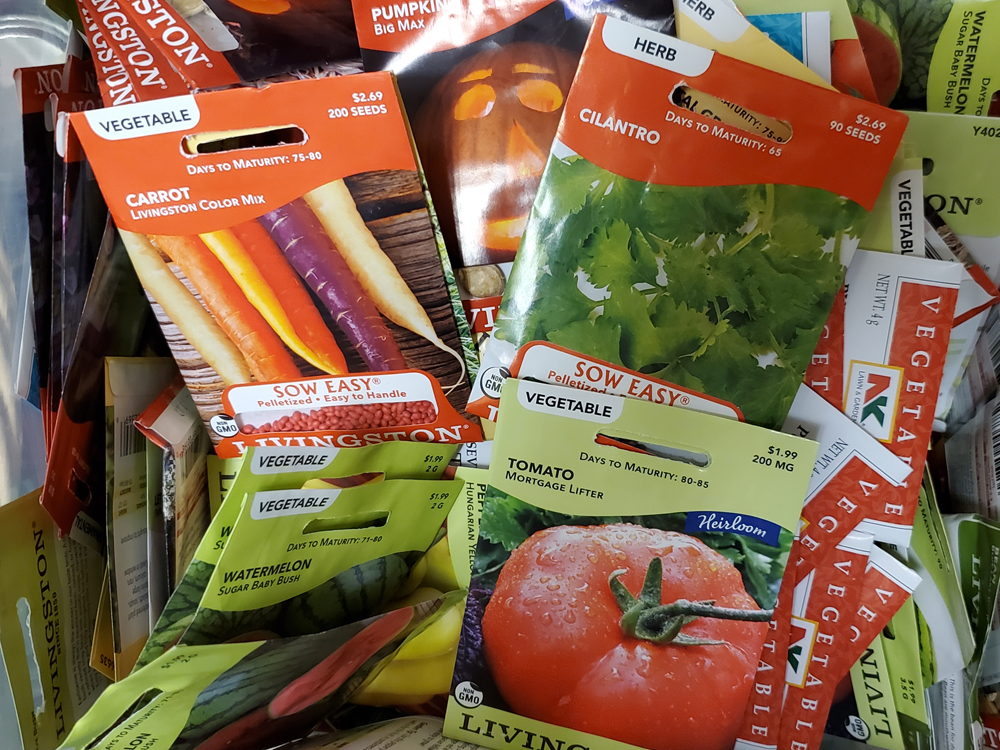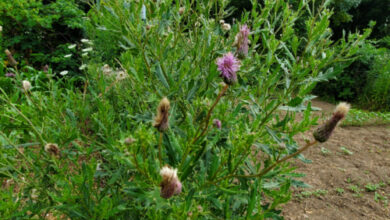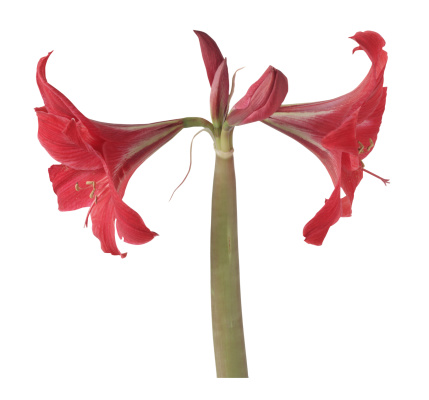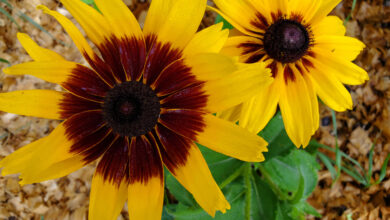Planting your veggie garden seeds

The next several weeks will be busy ones for gardeners, especially if you are planting a vegetable garden. Timing is important for seeds that you are direct sowing outside.
Vegetables come in a wide range of hardiness levels. Some can withstand frost, while others are very tender. Perennial vegetables like asparagus, garlic, and rhubarb are hardy and can be planted as soon as the garden can be worked. Kale, kohlrabi, turnips, and onions are also hardy and can be planted or sown early in the season.
Vegetables like broccoli, cabbage, peas, potatoes, Swiss chard, lettuce, and carrots are considered half-hardy can be planted as early as two to three weeks before the average date of the last spring freeze. Our last killing frost typically occurs early in May.
Sweet corn is considered tender and should be planted after the time of the last average frost. Many garden vegetables are considered very tender and include popular options such as cucumber, eggplant, summer and winter squashes, pumpkin, peppers, melons, and tomatoes. Very tender crops should be planted two to three weeks after the last average freeze date.
When planting seeds in the garden, the University of Illinois Extension suggests planting in rows, whether narrow or wide, because it can help make cultivation and harvesting easier; but you may also want to consider planting seeds in groups and mixing different types of veggies and flowers together to attract pollinators and beneficial insects and to help battle disease and confuse harmful insects.
Plant small seeds shallow. Small seeds can be covered lightly with sand to help show where they have been planted and to help keep the soil from crusting over and making it difficult for them to germinate.
To determine the proper planting depth for seeds, place the seed at a depth that is about four times the diameter of the seeds. Large seeds such as corn, beans, and peas can be planted one to two inches deep.
Seed packets contain lots of useful information about your seeds and proper planting. Look for cultural information like the best soil temperature for germination, spacing, sowing depth, and if light or dark is needed for germination. You will also find information such as time to germination, crop uses, light requirements, and when to harvest included on the seed packet.
Seed packet information will take into account environmental influences that will cause a decline in germination, meaning you don’t really need to sow seeds closer together to make sure you have the size crop you are hoping for. Beans, for example, need space to fully develop a canopy full of flowers, and later beans. You will get more beans from a properly spaced row than an over-crowded row. If you need to thin carrots or radishes, do it early. If too crowded, carrots will become misshapen and radishes will push each other apart – leaving flat sides and tops pushed out of the garden soil.
Cover your seeds and gently firm the soil so that they will not be washed away by rainwater. Make sure you label where you have planted your seeds.







